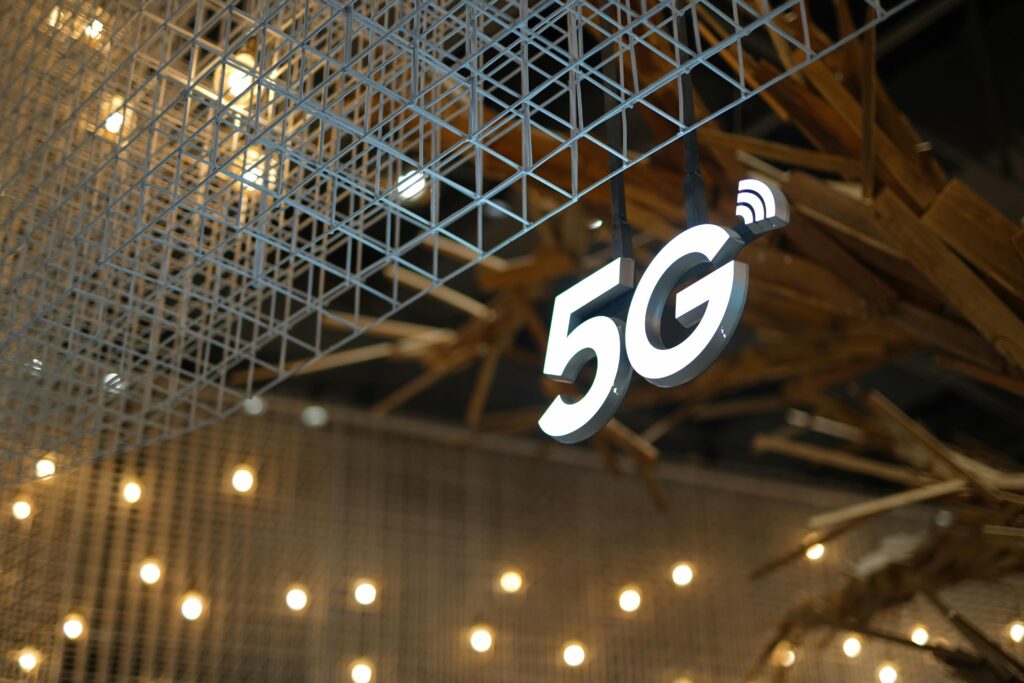What Is Edge Computing in 5G?

Imagine a world where businesses need to expand their operations by tapping on previously off-the-grid locations to scale up their production. They establish plants on remote mountain villages, constructing manufacturing locations on formerly forested areas, and the like. It can be a very attractive thought as it means more jobs and productivity. However, these improvements in the supply chain would also mean that data needs to be passed on and relayed from these new far-flung locations to where it would be analyzed, processed, and stored. The challenge: existing wireless technologies may not be able to stand up to the IT plate. However, with the advent of 5G technology, we may have a solution in sight. 5G networks offer the kind of high-speed performance and availability that businesses need, while keeping data secured. It easily trumps 4G and LTE network solutions, and can translate to thousands of opportunities for mission-critical business applications.
For IoT in the age of edge computing to achieve its full potential, full connectivity is essential. Unfortunately, the technology that we have now is pretty limited especially when we factor in far-flung places and remote villages. Worse, limitations in technological innovations hinder the required speed, bandwidth, and secured connection necessary for business.
5G networks come to the rescue and offer the following advantages:
– Strong, fast and quality connections
– Reduced cost and complications when scaling up or down an infrastructure
– Central control, monitoring and communications
– Secured even up to connections located in remote areas
– Faster computing
The throughput and connection speed that 5G innovations bring allow performance that is 10 to 1000 times better than those that are already being delivered by 4G and LTE networks. It brings about better services, faster data collection, storage, and eventual analysis near the edge. All this translates into more efficiency for the industry.
But this improvement in wireless technology may come at a steep price. And no, we’re not talking about actual price increase (although that’s a separate discussion).
What 5G brings outside of good business
Advancement in wireless connectivity via 5G networks would cause a massive spike in connections. According to the GSMA Study, the IoT market is predicted to be worth at least $1.1T in revenue by 2025 wherein more than 25 billion IoT connections are expected to flood the internet.
Yes, that’s how big IoT connectivity is expected to be in roughly six years from now. The question now is, how congested will the larger network be? Think about that again: 25 billion connections running on 5G speed. That would create massive traffic out there on the web that could cause data collision that could bring everything to a halt.
Unless computing is brought nearer to where the data is being gathered.
Why bring 5G to the edge
Traditional data processing is done on a centralized location. Data from remote offices is transmitted and stored for analysis and processing in one central repository. And this old school IoT architecture still gives out value for specific use-case scenarios. But when the need is to provide real-time analysis and processing of data, this model fails.
Let’s take for example a very common use-case: online gaming.
Using the old model, all players would have to connect to a central server that is located halfway across the globe that consumes an all-important network bandwidth; the resulting congestion causes slowness in real-time performance. But by taking advantage of what 5G brings, a processing server can now be placed in a region of closer proximity which will in turn allow regional connections to be processed quickly. This would translate to faster computing and better in-game performance.
5G on its own brings wireless communication to a whole new level. But it also comes with the inherent challenge of increasing global connectivity that would cause catastrophic network congestions. That’s why there’s a need to bring computing closer to the edge. Faster, more secure, and more efficient data transmission to a device, that would process all of it near where it was collected, could be the answer everyone is looking for in this age of IoT explosion.
